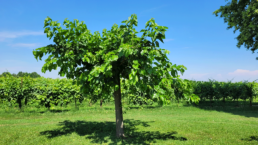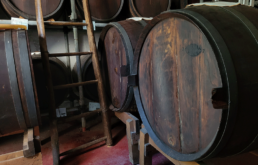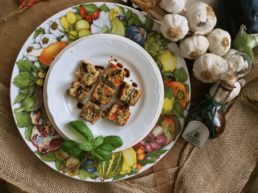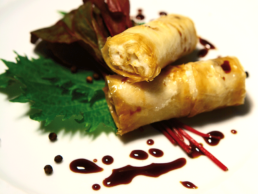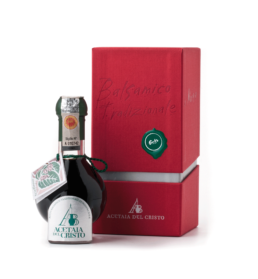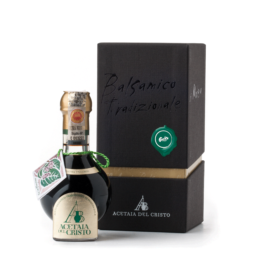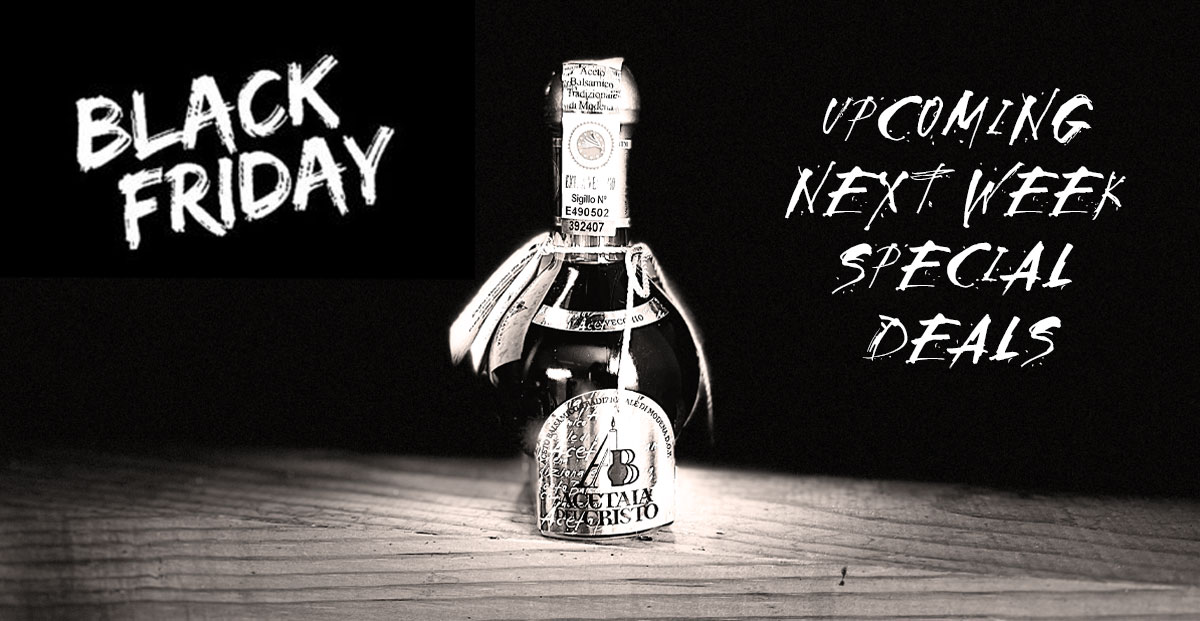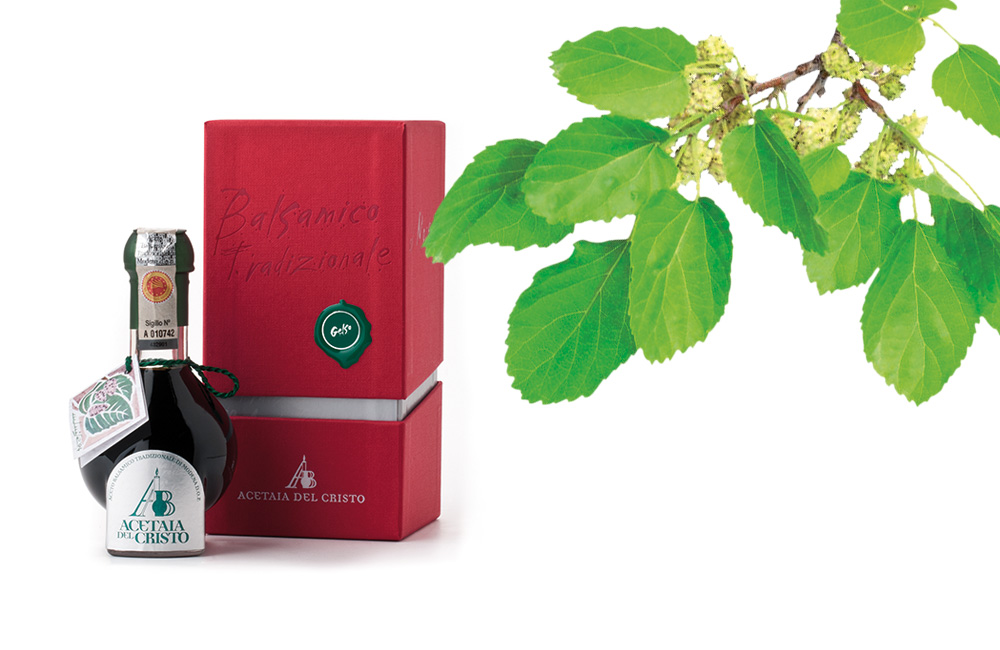
“…For public utility, all people who have land within the city district … must keep and plant 3 fig trees, 3 blackberry trees, 3 granary apples and 3 almonds, keep them and raise them … “(Barbieri – Fonte Ambiente – Il Gelso a cura del prof. Mauro Calice Istituto Comprensivo 4 di Modena)
A statutory law of the Modenese Republic of 1327 tells us about the importance of the Mulberry plant, renamed above Moro, in the province of Modena, evidence of the ancient local productions linked to this plant. In fact, in the Po Valley, as in many other parts of Italy, it is still possible to find mulberry trees even today, trees that from the fourteenth century to the Second World War were the real economic engine of our country.
Also renamed the “Tree with golden foliage” for its uses in the production of silk, the Morus Alba, that is the White Mulberry, has characterized for centuries not only the agricultural landscape but also the production activities, bringing the first processes to our province of industrialization.
Unlike its black brother, originally from the eastern coasts of the Mediterranean and also known by the name of Moor Mulberry, probably for its fruits, the white mulberry is native to China. Its history, which has always been linked to that of silkworm breeding, owes its spread to the Chinese empress Si Ling Chi, who already in 2,700 BC. she noticed some caterpillars eating the leaves of the white mulberry before weaving their cocoon. Fascinated by the shine of the yarn produced, ideal for creating the veil of an empress, she ordered these silkworms to be raised. She then began the production of the silkworm, and with it of the white mulberry, the only plant capable, with its leaves, of nourishing these demanding caterpillars.
When the secret of silk production was discovered in Europe in the 15th century, both the worm and the white mulberry were introduced, which spread rapidly. Unfortunately, at the beginning of the 1900s, with the introduction of synthetic fibers, certainly cheaper, silkworm farming lost its economic importance and with it the cultivation of white mulberry also experienced an inexorable decline.
REFINING OF TRADITIONAL BALSAMIC VINEGAR IN MULBERRY BARRELS
So from a “silk” tree, for us the Mulberry has become the silk tree, thanks to the characteristics of its wood: soft and very porous, particularly suitable for containing vinegar, Mulberry wood guarantees a high exchange of oxygen and good evaporation.
The Mulberry wood barrel is part of the team of woods that makes up a traditional battery of Acetaia del Cristo, together with Cherry, Juniper, Oak and Chestnut. Each battery can differ in the composition, which ranges from a minimum of 5 barrels of different woods: shapes, volumes and woods of which the batteries are made are the most precious secret of the owner of the acetaia.
If tradition wants that each battery is made up of different barrels, both in terms of scale size and type of wood, what has always characterized Acetaia del Cristo is the use of single-wood batteries, to create vinegars characterized by unmistakable flavors and aromas. attributable to the essence. Therefore, the traditional batteries made up of different woods, or only the cherry batteries in Acetaia del Cristo reside only mulberry wood batteries.
Mulberry was the third single wood developed in Acetaia del Cristo, after the cherry tree and the juniper, also linked to the ancient use of this material for the production of the oldest barrels such as the Bolognese lambruschine: in fact, the mulberry plant was always scrubbed to feed the silkworms, expanding suddenly in the stem, thus offering beautiful wide tables to make large barrels.
MULBERRY SINGLE-ESSENCE
In Acetaia del Cristo we can boast of being among the few, if not the only ones, to have Traditional and Extra Vecchio Balsamic Vinegar of Modena PDO aged exclusively in Mulberry wood barrels: this uniqueness is due to the long history of our Acetaia, which for four generations continues his work.
Traditional Balsamic Vinegar of Modena PDO aged in Mulberry barrels follows the taste of white berry mulberries, sweet and sour, giving extreme freshness to the taste as well as strong fruity sensations.
Traditional Balsamic Vinegar of Modena PDO aged at least 12 years in mulberry barrels is a delicious vinegar that is the result of over 12 years of aging in this wood that confers a wealth of reassuring certainties in the wake of the balsamic notes.
The best way to accompany Mulberry Traditional Balsamic Vinegar of Modena PDO is to combine it with natural ingredients, creating a delicious and quick recipe. An example are the cubes of baked omelette with grilled vegetables and Traditional Balsamic Vinegar of Modena aged in Mulberry barrels, prepared for us by our friend Lorena Terenghi from the blog Bricioledisapori.it. > click here to the recipe
For those who want longer refinements The Traditional Balsamic Vinegar of Modena DOP Extra Vecchio Gelso has developed the sweet and sour contrasts of the white berry, combining them with the typical characteristics and consistency of an Extra Vecchio Balsamic.
It is great on boiled meat and fish, as well as on shellfish, but to accompany this hot summer we recommend trying a tasty and refined recipe, but simple and fast, created for us by Chef Bruno Barbieri: Ombrina rolls with Extra Balsamic Vinegar Old Mulberry. > click here for the recipe
If you want to discover the flavors and aromas of Mulberry, take advantage of a promotion designed for you until July 12th!
Click in the box below, go to our shop online e choose a balsamic vinegar aged in mulberry:
entering the DISCOUNT CODE ESTATE2022 and get a 20% discount on our shop at the checkout

